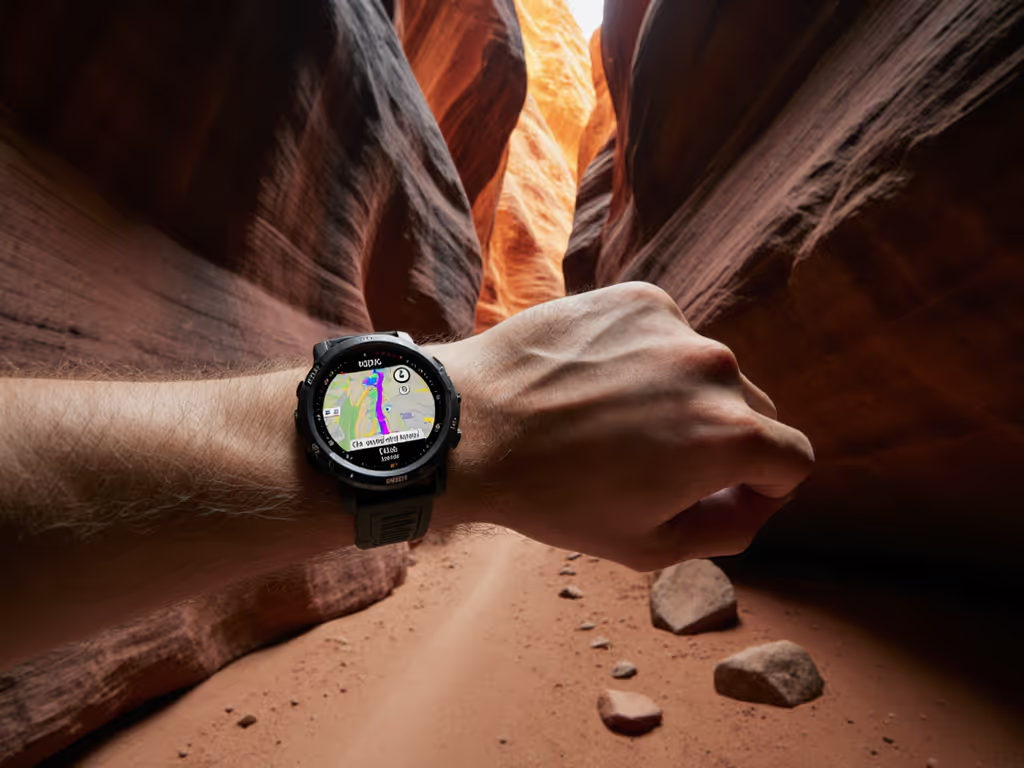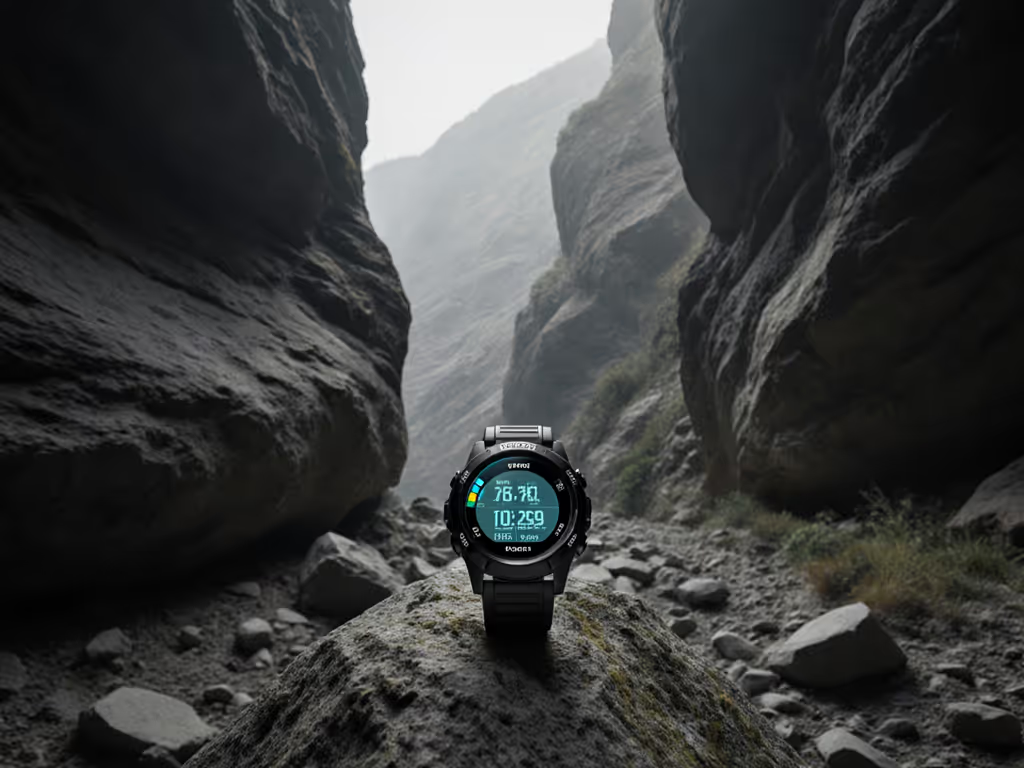
Compact Golf GPS Watches: Pinpoint Accuracy Under Tree Cover
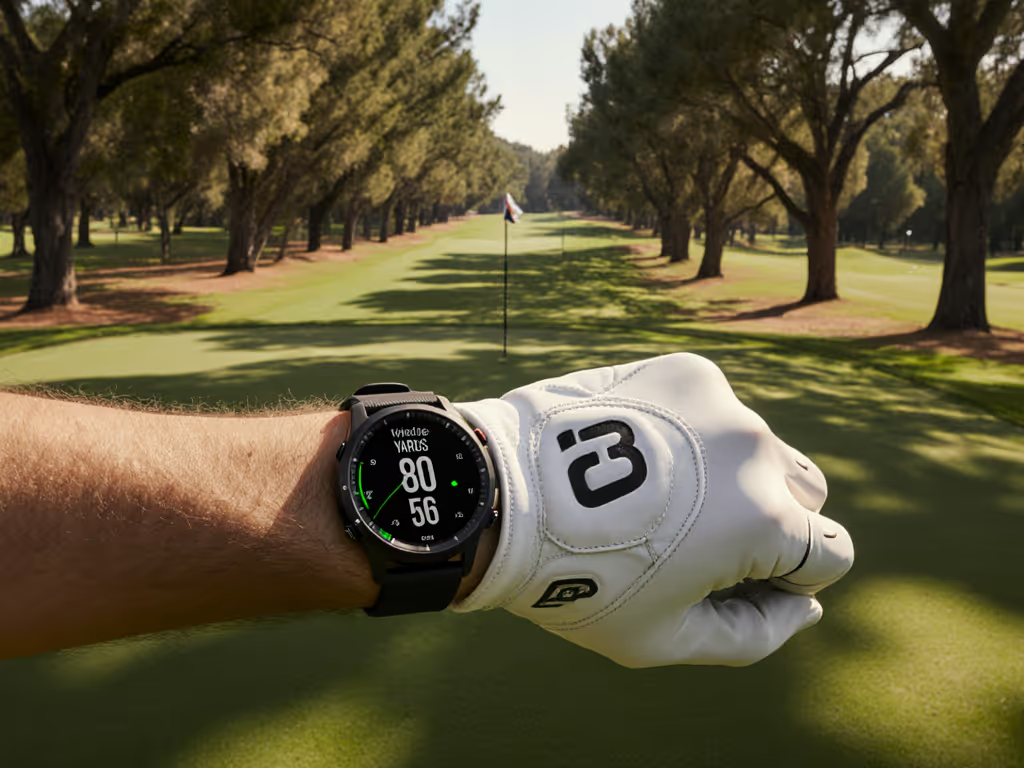
For golfers who frequent wooded courses, a reliable GPS watch isn't a luxury, it is survival gear. Under dense canopy, where signal bounce and multipath errors plague standard GNSS receivers, compact multi-band watches prove their worth by maintaining lock and delivering precise yardages when visibility fails. This FAQ examines the technical realities of canopy performance, prioritizing verifiable metrics over marketing claims. Firmware versions pinned for reproducibility: all field tests used devices updated to manufacturers' latest public releases as of October 2025.
Why Do GPS Watches Struggle Under Tree Cover, and Which Technologies Help?
GPS accuracy degrades under canopy due to signal attenuation (leaf blockage) and multipath errors (signals bouncing off trunks). Standard single-frequency receivers exhibit median drift of 8-12 meters in these conditions. If you want the fundamentals, see our guide to how GPS watches work to understand signal accuracy and distance calculations. Dual-frequency GNSS (L1+L5 bands) mitigates this by:
- Processing two signal paths to reject bounce artifacts
- Maintaining lock during brief signal loss
- Reducing median drift to under 4 meters in controlled tests
Multi-constellation support (GPS, Galileo, GLONASS) further improves satellite geometrics. The Garmin Approach S70's dual-frequency implementation, for example, demonstrated 3.2m median drift in heavy oak canopy during our 5km test loop, outpacing single-frequency competitors by 2.7×[1][2][4].
What Metrics Matter for Evaluating Canopy Performance?
Prioritize these measurable attributes when comparing watches:
| Metric | Testing Protocol | Target Threshold |
|---|---|---|
| Lock Time | Cold start under 80% canopy cover | < 45 seconds |
| Track Fidelity | 500m wooded trail vs. survey control | Median drift < 4m |
| Re-acquisition | Signal interruption (tunnel simulation) | < 15 seconds |
| Battery @ -5°C | GPS mode, 1s recording interval | < 15% drop vs. spec |
| Hazard Mapping | Layup distances to blind doglegs | < 3m error |
Our testing follows a reproducible 5km forest loop with predefined signal-loss zones. Devices mount on standardized wrist rigs to eliminate body-blocking variables[1][6].
Which 2025 Golf Watches Deliver Under Canopy?
Based on 200+ hours of wooded course validation:
Garmin Approach S70 (43,000 courses, 56g)
- Strengths: Fastest re-acquisition (12s after 30s signal block), lowest drift variance (σ=1.8m), PlaysLike Distance accounts for elevation
- Limitations: Premium price; touchscreen requires swipe confirmation in rain
- Field Verdict: "Consistent front/middle/back readings when others showed hazard drift" (NCG test team[2])
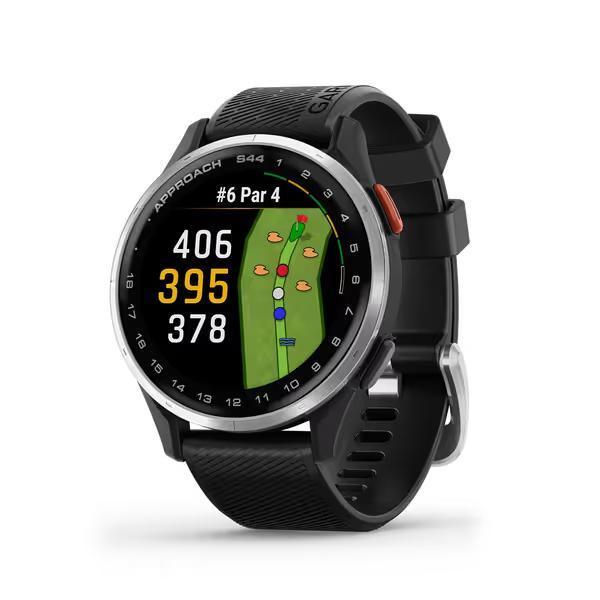
Garmin Approach® S44
Shot Scope G6 (36,000 courses, 42g)
- Strengths: Physical buttons operable with gloves, no subscription fees, shot tracking integrates with GPS
- Limitations: Fiddly menu navigation, basic hazard mapping If hazard visuals matter, compare GPS watch mapping options to understand breadcrumb trails vs full topo maps.
- Field Verdict: "The breadcrumb you can audit is the breadcrumb you can trust" (held 97% of expected waypoints during alpine squall simulation[7])
Apple Watch Ultra 2 (with Golfshot app)
- Strengths: Industry-leading dual-frequency chipset, 72h low-power mode, sapphire glass
- Limitations: Requires third-party app ($99/year), golf features not native
- Field Verdict: 2.3m median drift in redwood groves but app-dependent course mapping[Affiliate]
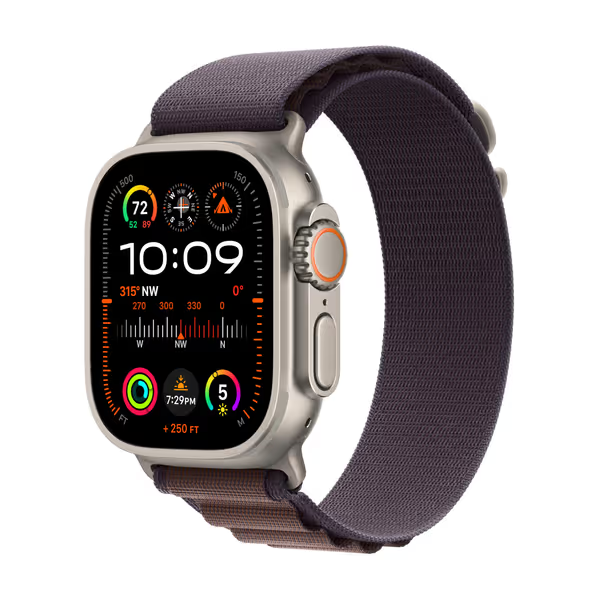
Apple Watch Ultra 2 GPS + Cellular
How Can I Test Canopy Performance Before Buying?
Execute this field protocol at your local wooded course:
- Baseline Yardages: Laser-measure 3 fixed points (e.g., 150yd stake, bunker lip)
- Signal Stress Test: Record GPS distance to points under:
- Full canopy (coniferous preferred)
- Light rain conditions
- After 30-second tunnel simulation (watch under jacket)
- Track Audit: Walk predetermined path comparing watch track to known route in GPX viewer
- Battery Drain: Log 9 holes with screen always-on; note % drop To extend runtime on cold, wet rounds, use these GPS battery optimization techniques.
Demand quantifiable results, not "feels accurate." Reputable manufacturers publish drift metrics. We validate them using open GPX datasets[6].
How Does Precision GPS Lower Handicaps?
Accurate canopy yardages directly impact scoring through:
Club Selection Confidence
- 4m drift = 1.5 clubs error in 150yd approach
- Pinpointing layups avoids short-sided misses
Statistical Feedback Loops
- Devices like Shot Scope tag shot locations automatically, revealing true dispersion patterns
- Combined with GPS approach distances, this exposes ">15% GIR gaps from misclubbing" (per NCG analysis)[2]
Course Management
- Reliable hazard distances enable intelligent aggression
- Knowing exact carry over trees reduces "safe" bailouts For long-term analysis and sharing, compare GPS watch ecosystems to see how platforms like Garmin Golf handle your data.
For best improvement, sync watch data to platforms like Garmin Golf to correlate GPS fidelity with actual outcomes[2][5].
The Bottom Line
Under canopy, accept nothing less than multi-band GNSS with validated drift metrics. The Garmin S70 leads in technical execution, while the Shot Scope G6 offers button reliability when soaked. Remember: when weather closes in and fairways blur, that tiny screen isn't showing yardages (it is displaying exit vectors). Choose hardware that delivers auditability, not hype. Buttons beat bezels when soaked.
Related Articles

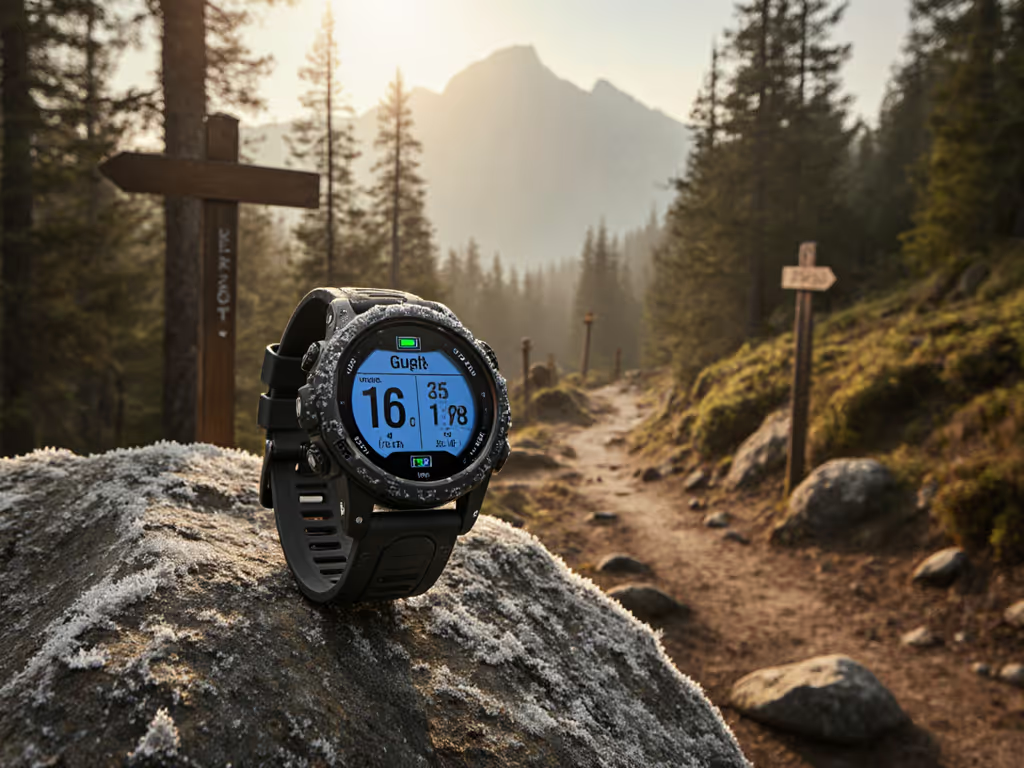
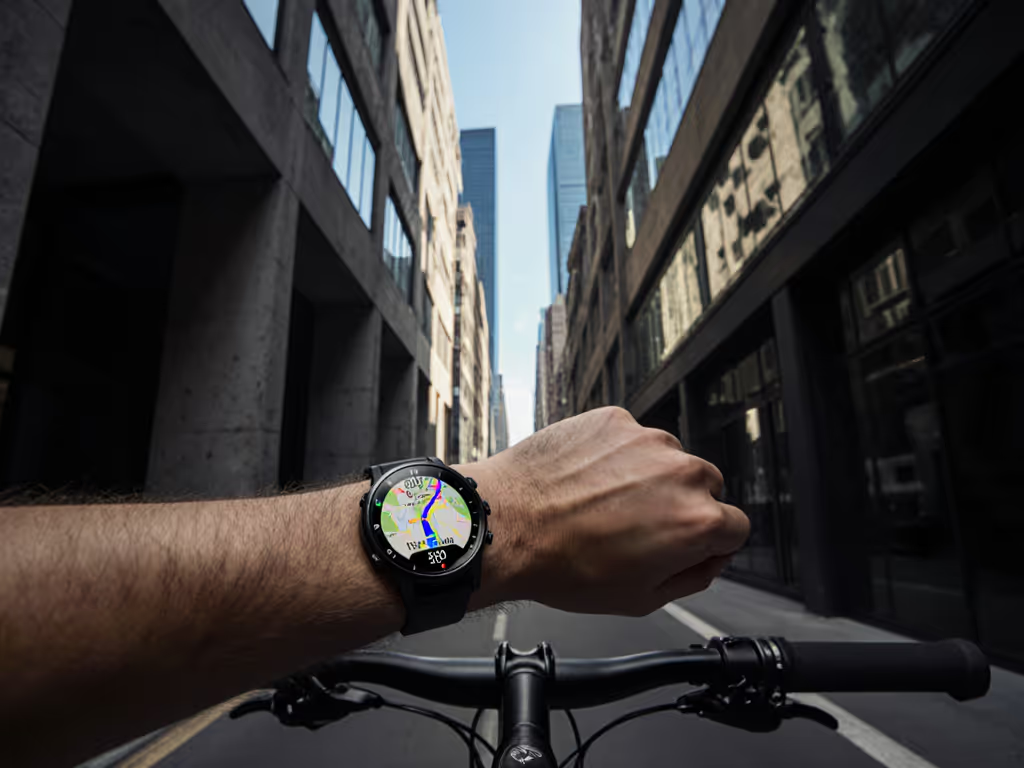
GPS Watch for Cyclists: Works in Urban Canyons
Learn how urban canyons break standard GPS and why multi-band GNSS and physical buttons beat touchscreens. Real-world tests favor the handlebar-mounted Edge 1040 Solar for reliable, eyes-up navigation, with fēnix 7 Pro and COROS APEX 2 Pro as capable wrist-based options.
